By Rashmeeza Armaghan and Kashmala Armaghan
Literacy is a key skill and a vital measure of a population’s education. Education is a fundamental
need of all human beings and crucial for the development of any country. Illiteracy means lack of
knowledge for a particular subject. Simpler the word illiteracy means the inability to write and read.
This means any individual who is not able to read a simple sentence or even not able to write any
single sentence more than his or her name is considered an illiterate. According to Organization for
Economic Co-operation and Development (OECD), literacy is defined “Literacy is defined as the
ability to understand, evaluate, use, and engage with written texts to participate in society, achieve
one’s goals, and develop one’s knowledge and potential (OECD, 2013).
Globally we have faced different challenges such as peace, hunger and different diseases like
COVID-19. Illiteracy is one of the world’s biggest problem along with these big issues. Literacy
rate reflects the developmental progress of any country. Literacy contribution is the key element
which determine the development of national economy and growth of country. Low literacy or
illiteracy means that major part of population can contribute very little to economic development
of that country. Because education can play a pivotal role in development of country. According to
2012 consensus the literacy rate of Pakistan both for male and female was 56% including rural and
urban area.
Pakistan literacy rate from 1952−2014 in %.
Except in some major cities where the literacy rate was found 75% like Islamabad, Lahore and Karachi.
Province wise literacy rate in Pakistan.
In some areas of Pakistan females are not allowed to attend the school and boys alone get their
education and obtained all the employment opportunities. Literacy rate in these areas is as low as
9% because most of the female population is illiterate. Illiteracy is not the disability of any particular
individual but it has a strong impact on all society. A society can hardly flourish where half of the
adult population is illiterate, particularly for females and for the community living in rural areas.
Literacy enable people from different social and economic background to mark their participation
in different decision-making process at level of their own capacity.
To improve the status of our country Pakistan it is the duty of administration to launch awareness
program to enhance the education knowledge of common people. Main focus of program is to
educate people and tell them that how important is the education for the improvement of not only
their life style but for the growth and development of their family as well. Lack of functional
illiteracy means that a person cannot use reading, writing, and calculation skills for his/her own and
the community’s development. Simply to send your children to school is not enough in this
advanced era in which we live. The government should ensure the basic knowledge and primary
skills required for the development and well-being of individual citizen and for the communal
benefits. Boissiere’s Research Group (2004) identified five main contributing elements for
effectiveness of education including curriculum, learning materials, instructions, teaching
techniques and the learning capacity of students. Therefore, the basic definition of literacy includes
not only reading and writing but also a range of skills used in work done at home also. Although
government of Pakistan has developed a series of educational policies under National Education
Policy Program in 1972, 1979 and in 1992. All of them were develop to stabilize education sector
and to achieve 100 percent literacy rate. Unfortunately survey of United Nations Educational,
Scientific and Cultural Organization (UNESCO) and United Nations (2010) about literacy rate
reported that Pakistan remains at 160th position with 50% world literacy rate. This means Pakistan
is among the bottom countries of the world for literacy. Report of Economic Survey of Pakistan
(2010–11) stated overall literacy rate for age 10 and above is 57.7%, although this was based on
gender discrimination which favor education of males. Inequality of access to resources between
women and men is most common in poor and developing countries. That’s why gender is focus of
interest for different social organization in Pakistan. Concept of family is based on two pillars the
man and woman. The indoor home activities are defined by women, while men dominate the world
outside the home. It’s a bitter reality that most families favor sons and wanted to equip them with
all possible skills needed to compete for resources in public area. Gender inequality in education
directly and significantly affects economic growth.
Private education system is not new in Pakistan. Few decades back it was observed that private
school are highly paid school and were only serving to the elite class and were confined to big
cities. In 1972 government took over all the private schools and became the sole provider of
education in the country. This decision was reversed in 1979 and private schools were returned to
their original owners. This is the time when private sector take advantage and start catering to
middle class of country along with elite class. The last few decades are considered a golden period
for private sector education entrepreneurs. From 1999–2009, the number of private schools have
multiplied three fold. The Government of Pakistan has acknowledged its shortcomings in various
areas of education, and always trying to do better in progression of literacy. Landmark move was
taken by Government of Pakistan in 2010 and made primary education a legal right for the children
aged 5–16 as per the article 25-A stated as “The State shall provide free and compulsory education
to all children of the age of five to sixteen years in a manner as may be determined by law”. Present
government is making efforts to introduce single national curriculum with the aim to eliminate the
disparity between curriculums, facilities, medium of instruction, and have a fair and equal
opportunity for all children to receive a high-quality education. The budget allocated for the
education department is not sufficient for the need of time. Even in 2017-2018 the budget don not
surpassed the 2% mark. However, the enrolments have increased but Pakistan is still far from
achieving the 80 % children enrolled in schools. The data by ASER suggests that only one-quarter
of 5th grade students are able to do a simple 2nd grade standard numeracy and literacy question. In
province Punjab having 56% of the country’s population, in 1972 the literacy rate was 20.07% and
in 2014, the rate was 61%. Most of the improvements were made in elementary schools, but much
work remains to bring further changes. Sindh is Pakistan’s most populated province, with a
population of over 25 million people. In 1972 the literacy rate was 30.20% and in 2014, it was 56%.
Overall, many children are deprived of education, as evidenced by the greater percentage of child
labor. Similarly in 1972 the literacy rate of KPK was 15.50% and in 2014, it was 53%. According
to recent reports, KPK’s literacy rate is 50%. Balochistan province contains a desert and a
mountainous region; thus, it has always been problematic to build school-based amenities. 28% of
its population is literate, with males at 39% and females at 16%. The literacy rates of Balochistan
in 1972 was 10.10% in urban and rural areas. In 2014, the literacy rate was 43%.
Children are the most valuable asset in any country; it is a challenge for Pakistan to improve its
literacy rate. Literacy is a major indicator of economic development of any countries where
illiteracy has slowed down socio-economic growth. Recently, many nations have managed to reach
a 100% literacy rate and now successfully compete in the global economy. In Pakistan, the literacy
rate is far from satisfactory and compares unfavorably with many world nations. Pakistan’s
government should make serious efforts to improve the country’s literacy rate. Moreover, Pakistan’s
economy is undergoing many economic and non-economic problems, including large increases in
population and poverty, both of which continue to have a significant negative impact on the
country’s literacy rate.



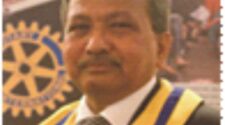

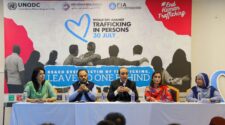
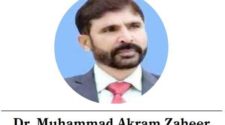

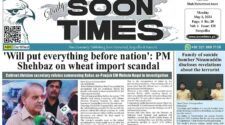

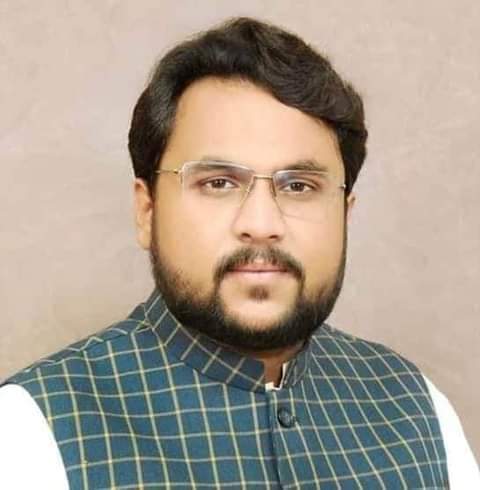
Excellent effort
But there is lack of latest figure about literacy rate. 2014 to 2021 huge gap